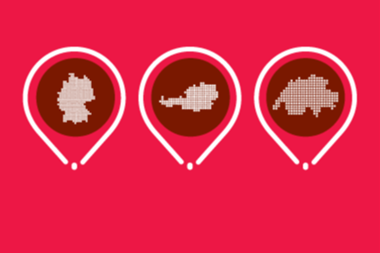GERMANY - Investment inflows in Germany reached levels not seen since the beginning of 2007, according to figures released today by the German investment and asset management association BVI.
Additionally, the strongest inflows came from institutional investors, with Spezialfonds accounting for well over half of new investments in the first six months of the year.
Overall the German industry invested €40.5bn worth of new funds, of which €23.7bn went into the institutional-only vehicle of Spezialfonds.
The biggest share of assets under management again fell to institutionals, with capital investment companies (KAGs) running €763.1bn, or 44%, of assets, while a further 38% could be found in mutual funds and the remaining €317bn was committed outside of investment funds.
Assets under management totalled €1.7trn, an increase of 12% since the end of 2009, with open real estate mutual funds being particularly noteworthy as the fourth-strongest category with €88bn overall. An additional €29bn was invested in open real estate Spezialfonds.
However, equity funds attracted by far the most interest, accounting for 11.5% of all investments, while money market funds saw by far the strongest outflows, at €7.6bn.
Additional figures released by the umbrella organisation show that interest in the so-called Riester-Rente, a government-supported but privately financed part of the third pillar, has peaked.
The number of members buying the Riester-tied investment funds has grown by 500,000 since September of 2008, but in the second quarter 2010 only increased by 30,000.
The BVI speculated that the market was saturated, despite two-thirds of people who could enrol choosing not to invest in a Riester-Rente so far.












No comments yet